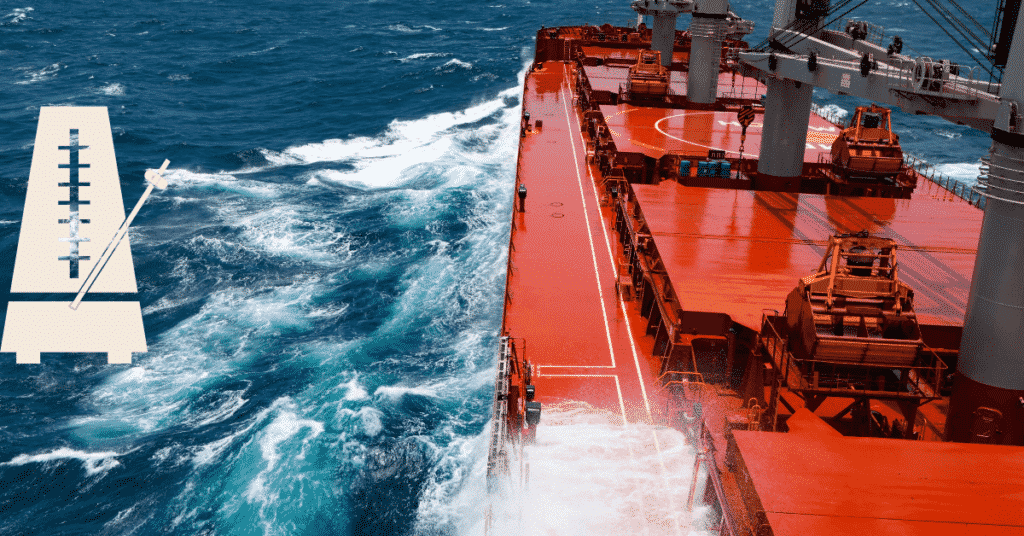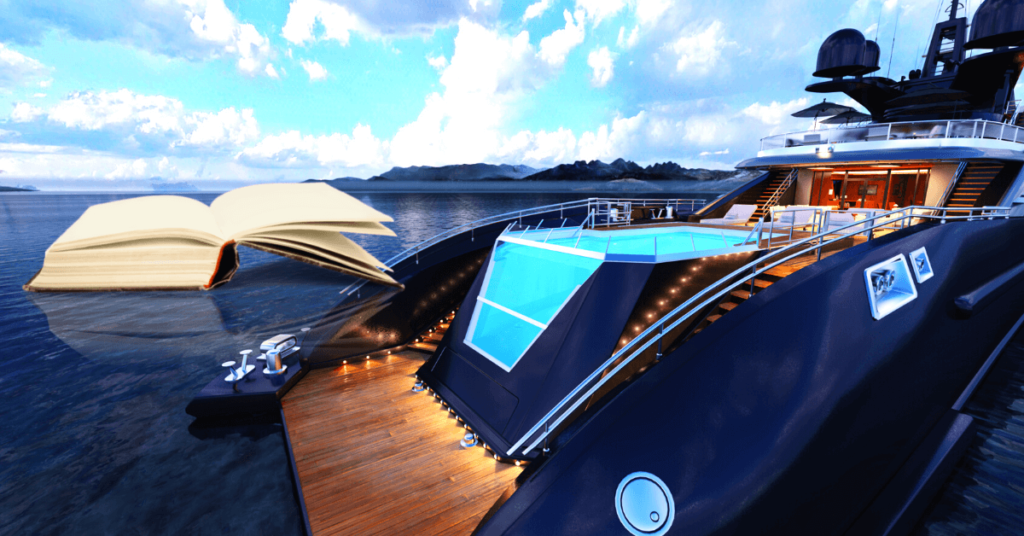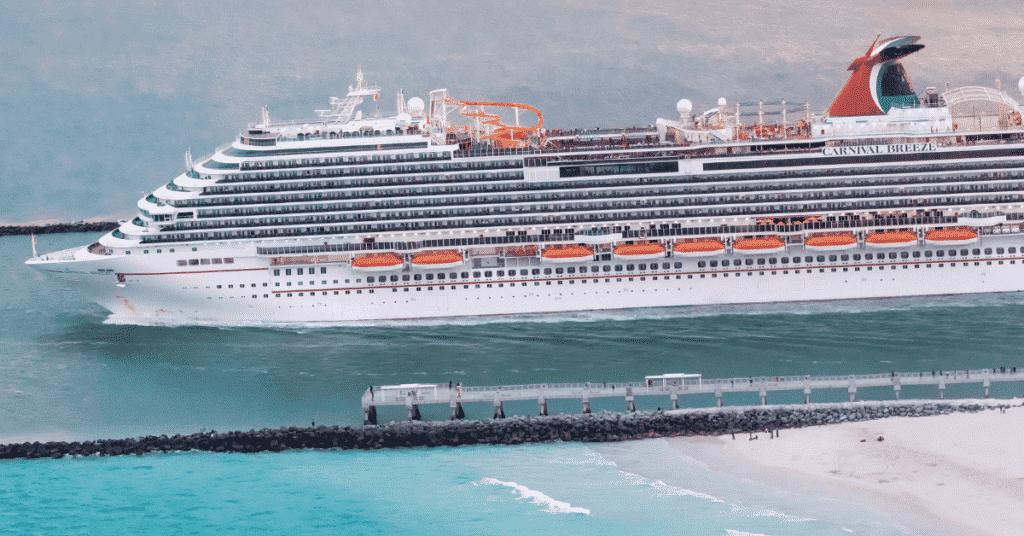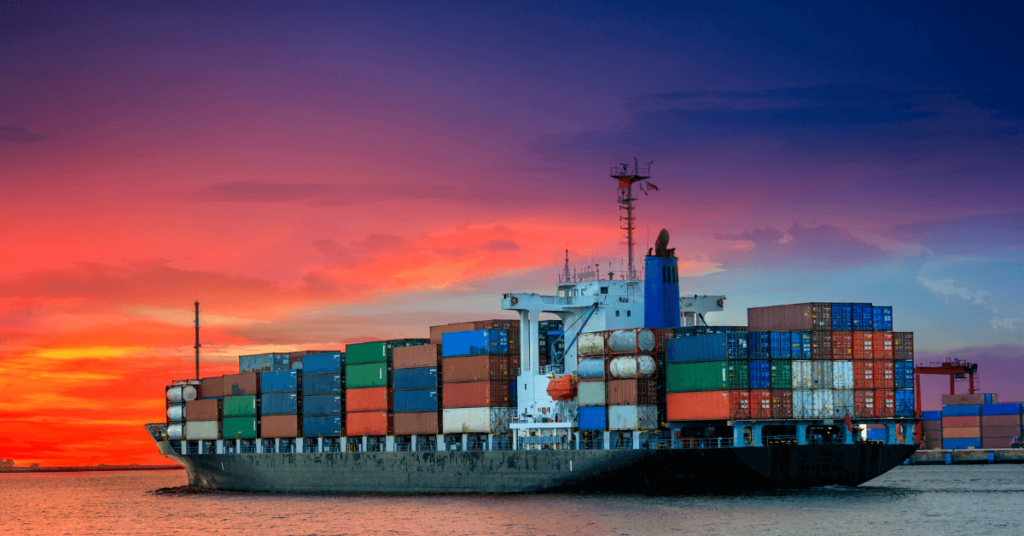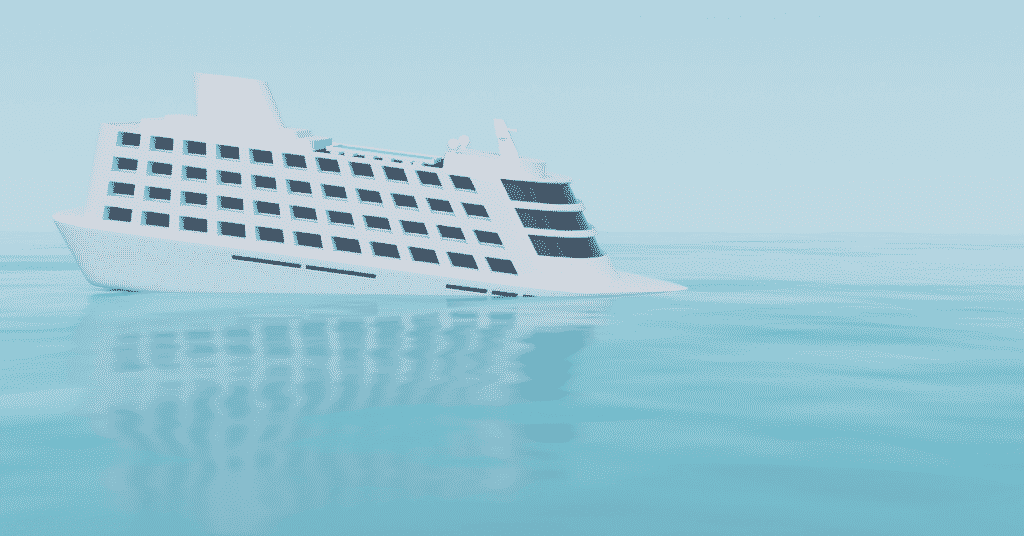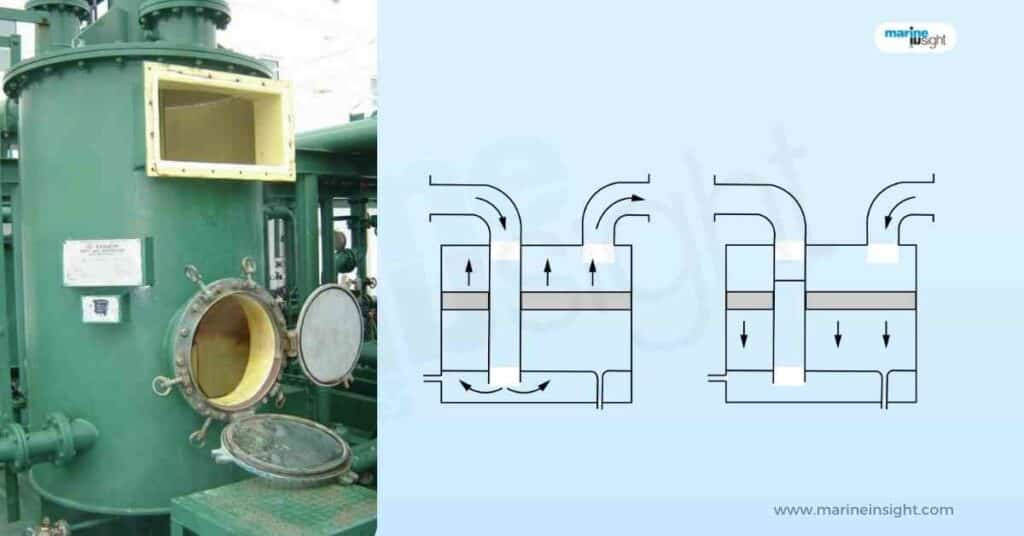What are Tricing Pendants And Bowsing Tackles?
We are all familiar with lifeboats and liferafts or rescue boats and their functions. Lifeboats and liferafts essentially are means of evacuation and temporary survival for crew and passengers during times of distress at sea that can lead to vessel loss and jeopardise lives on board.
Furthermore, they are also used for miscellaneous instances like the mobilisation of the crew to a nearby ship, oil rig, island, and so on. These are essentially under the category of Life-Saving Appliances (LSA) to be used on any seagoing vessel as mandated by IMO.
Liferafts and lifeboats are of specific designs, sizes, and specifications based on standard guidelines and regulations like that of SOLAS.
These devices or appliances should not only cater to save a maximum number of people during times of distress but also ensure their sustenance for long periods of time until definitive means of rescue or relief are available.
Depending on the size and type of the vessel (commercial or passenger or defence), the minimum number of such appliances is also mandated as per regulations.
Cargo vessels, for instance, with limited crew and operating members, have a lesser number of lifeboats or rafts present on board as compared to a passenger vessel that can carry many people. Lifeboats and liferafts are also quite different from one another.
Lifeboats are larger and can accommodate a greater number of passengers as compared to rafts. Moreover, because of their build, they are able to sustain lives for a larger amount of time than life rafts.
Now, the launch and release of such appliances is also a matter of interest. In a broad sense, there are two types of release mechanisms:
1. Guided
2. Free fall
Free fall, as the name suggests, allows the boat to be freely released into the water in a fashion similar to taking a plunge or diving into the water. Guided, on the other hand, allows the boat or raft to be launched into the water through a sequence of operations that gradually lower it into the water.
Furthermore, guided operations are also of various types, both manual and automated, the latter more prominent these days. Also, there are some differences between the launching procedures of a boat and a raft.
Though with differences in varying degrees, for all practical purposes, the guided mechanisms for lifeboat handling in ships are through a release and suspension system.
The main job of this release and recovery procedure is through a cranage system known as the boat davit, along with a supporting winch. The davit and the winch are the two major components of a lifeboat launching system.
The davit consists of the following components:
- Davit arms
- Frame or cradle
- Platform
- Suspension blocks and links
- Gripes
- Other secondary links, pins, and lashings
When not in operation, the lifeboats are mounted on cradles or platforms that are directly attached to the davit. The boat is secured using gripes and pins. While launching, the cradle is released by freeing the holding gripes, and the boat is suspended from the davit arm by means of suspension links, wires, and hooks.
The lowering of the boat to the desired level is now handled by a traditional pulley system which, in turn, is controlled by the winch system. The winch system mainly consists of reduction gears and brakes.
Nowadays, boat winches are electrically operated, contrary to olden times when they were mainly handled manually by the crew.
The unwinding winch is stopped when the davit arm reaches a certain position.
At the surface of the water, the boat is completely released off the suspending hooks by means of a release gear mechanism. When hauling the boat up, the exact process is done in reverse.
Now, during this launching and recovery procedure of boats, there is a very important problem to be considered: the impact of the lifeboat on the hull.
From the law of nature, any freely suspended body is susceptible to oscillatory or swinging motions. Thus, whenever the boat is suspended from the davit system, it has the freedom to swing either way.
The problem is even more in rough seas or when the vessel is suffering problems with list and trim. This leads to a very high chance of impact on the ship’s hull.
Not only does this increases the feasibility of hull damage, but it also poses a risk to everyone inside the lifeboat. Furthermore, during passenger/crew embarkation or disembarkation, the boat needs to have a minimal level of motion as obvious.
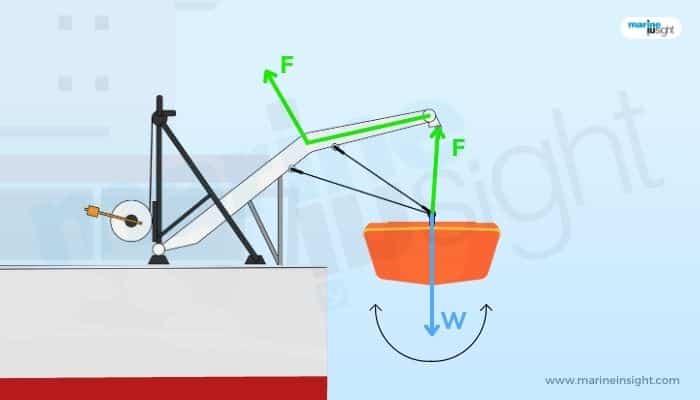
Tricing Pendants
To mitigate this problem, there is a requirement for tricing pendants. Tricing pendants are additional means of securing the lifeboat with the davit arm when the boat is being released. They are part of the rigging system for boats during the operating process. Tricing pendants are attached to the davit system or the frame structure.
They are like those pull-back supports which hold back the boat and prevent free oscillatory motions. Hence, when the boat is being launched or lowered, the tricing pendant provides support to the vessel by holding back through its tension forces, as shown. Moreover, the tricing pendants also take a good fraction of the boat’s weight along with the suspension links due to their tension component, as shown below.
Thus, there is a significant extra margin of safety to the suspension links or falls that are attached to the boat during its launch and recovery, as any form of a loose connection, breakage, or failure in the rigging system can lead to serious accidents involving crew or passengers, especially in big ships where the water level is significantly below the deck height.
Mostly they remain oriented at an angle, and that angle also decides on their ability to absorb the lifeboat’s load during the launching and rigging process. As a matter of fact, during the initial stages of lowering the boat, the tricing pendants absorb a greater part of the boat’s load than the suspension links, which are also known as falls.
Because of its tensile component, the tricing pendant tends to keep the boat close to the ship’s side. During occasions of high swinging, they haul the suspended weight inwards and dampen all kinds of oscillatory forces.
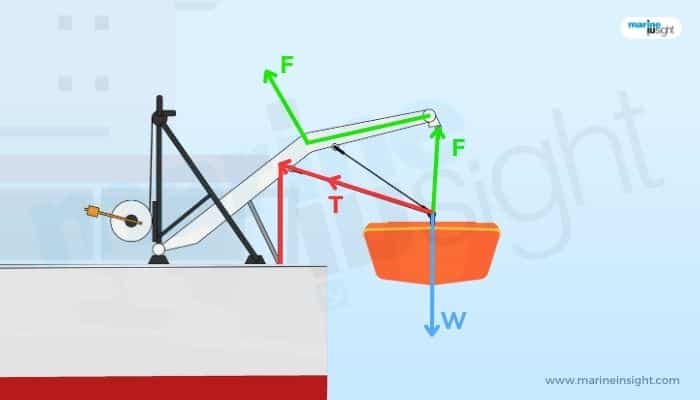
As the main purpose of tricing pendants is to remain in tension during the boat embarkation or lowering process, they are usually made of strong and durable material of high tensile properties.
Currently, they are mainly high-tensile steel wire ropes of high material properties. To cater for a margin of safety, they usually have a load-bearing capacity that is 1.2-1.5 times the design load of the lifeboat to be launched or recovered.
The tricing pendants are well-quality tested as any kind of failure in them can lead to violent oscillations that can lead to accidents and damages.
Other than transverse oscillations, there is also a high amount of risk for uncontrolled longitudinal oscillations as well, especially during rough weather conditions.
This can lead to a direct impact of the forward or aft end of the boat with the davit structure and trigger a total failure.
Often multiple tricing pendant lines are provided for safety, especially in bigger boats with a higher complement.
However, tricing pendants is not considered a completely reliable means of tethering the boat during the rigging process. They are mostly used till the stage when the lifeboat is released from its stowed position and suspended by the davit arrangement at the ship’s side near the deck edge.
At this position, they are cut off or released in their taut configuration, which had been holding back the boat. Sometimes they are done by the crew inside the lifeboats, but often these days, there are mechanisms that cut off the tricing pendants from onboard.
The bottom part of these tricing pendants is secured with something called hemp lashings, which are also used to quickly cut off the tricing pendants in events of emergency by occupants on board.
Bowsing Tackles
Then what happens when the tricing pendants are released and disconnected? This is where the bowsing tackles come into the picture.
The function of bowsing tackles is similar to that of tricing pendants: holding back the lifeboat to the ship’s sides during launching and lowering procedures to prevent oscillatory and other random motions and as additional means of support to the suspended weight of the boat.
However, there is a difference. Bowsing tackles are used from the stage when the lifeboat has been fully loaded with passengers or crew from onboard, and the boat is now being gradually lowered to the surface of the water.
In other words, bowsing tackles are a more advanced means of tethering the lifeboat during rigging operations that supplant the use of tricing pendants when the boat is at a position of hanging from the ship’s side at the deck edge level.
At this stage, the tricing pendants are released as mentioned above, and the bowsing tackles get attached to the lifeboat till the time it safely touches the surface of the water. Now, all the load that was being borne by the tricing pendant gets transferred to the bowsing tackle, as shown.
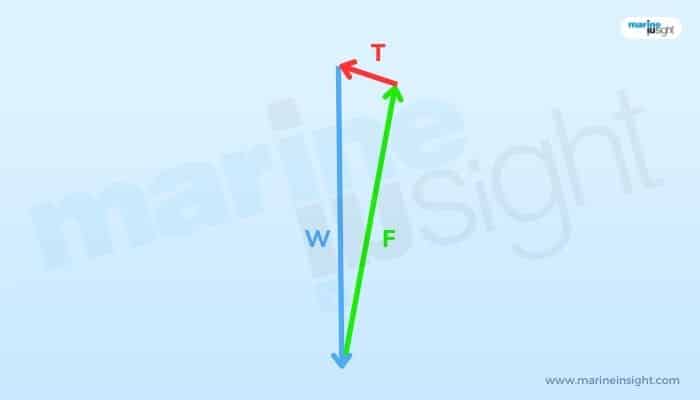
To summarise simply by stages:
1. Tricing pendants are used from the time when the boat is released from its frame or cradle position till the time it is in the embarkation position (when it is freely suspended to the davit arm vertically at the ship’s side near the deck edge). This is also known as the plumb configuration.
2. Bowsing tackles are used at the next stage from when the boat is at the embarkation position and all passengers/crew have embarked to the time the boat safely touches the surface of the water.
Now, the obvious question arises: what is the need for bowsing tackles at a later stage when tricing pendants were already doing the same job?
The answer lies in the manner in which the boat gets lowered. When the boat is already at a vertical or plumb position at the ship’s sides, a higher amount of horizontal force is required to keep it to the sides and prevent it from swaying randomly.
Hence, at this point, bowsing tackles, which clamp the lifeboat in a purely horizontal way, are more efficient than tricing pendants that are at an angle as mentioned above and thus consist of a vertical component as well, the latter being of no use in reducing the oscillation effects once the boat is at a vertical or plump position from the nature of physics.
However, bowsing tackles have their own disadvantages. As they only contribute to horizontal tensile forces, they are inefficient in sharing a significant proportion of the weight of the lifeboat from the suspension lines or falls, unlike tricing pendants. They only can be effective in tethering the lifeboat to the ship’s sides.
Hence, in worst-case scenarios, when a large-sized lifeboat is fully loaded, and the sea conditions are rough, bowsing tackles are used in conjunction with tricing pendants as both the weight and oscillations are important.
To improve tensile efficiency, large ships have multiple bowsing lines attached at different points on the lifeboat, mostly in the lower part.
Bowsing tackles have a factor of safety of 4.5-5 times the weight of the lifeboat to be rigged for all practical purposes. Their configuration is somewhat similar to that of tricing pendants: strong lines connecting the lifeboat to the ship structure at strong points of attachment.
Depending on the size of the lifeboat and the complement, the bowsing tackle lines are robustly designed and usually have higher sizes. They are usually made of steel chain links and often of high-grade synthetic materials like Manila or polypropylene.
For large ships with high deck height, bowsing arrangements are present at multiple deck levels and operated by fully mechanised winch systems similar to the main davit system itself.
You might also like to read-
- Difference Between Lifeboats and Rescue Boats
- Life Raft Release System and Launching Procedure
- Types of Lifeboat Release Mechanisms & SOLAS Requirements for Lifeboats
- Video: How to Launch and Board an Inflatable Life Raft?
Do you have info to share with us ? Suggest a correction

About Author
Subhodeep is a Naval Architecture and Ocean Engineering graduate. Interested in the intricacies of marine structures and goal-based design aspects, he is dedicated to sharing and propagation of common technical knowledge within this sector, which, at this very moment, requires a turnabout to flourish back to its old glory.
Latest Naval Arch Articles You Would Like:
Subscribe To Our Newsletters
By subscribing, you agree to our Privacy Policy and may receive occasional deal communications; you can unsubscribe anytime.










